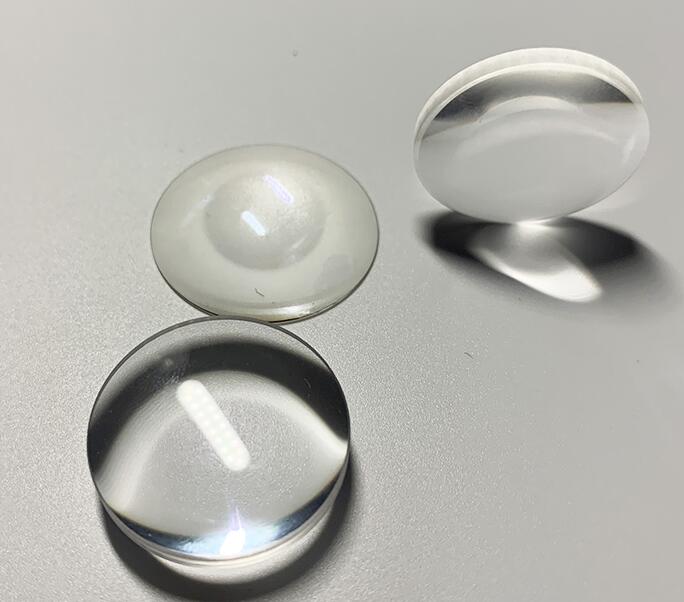ISO9001 Certified Professional Manufacturer & Supplier of Optics
+86-0431-87911611 admin@ytoptics.com
Contact us
-
 Email: admin@ytoptics.com
Email: admin@ytoptics.com
-
 Tel:86-0431-87911611
Tel:86-0431-87911611
-
 Add: 2# Automotive Innovation
Add: 2# Automotive Innovation
Jilin Province, China
Aspheric Lenses
Aspheric Lenses are different from spherical lenses with constant radius of curvature. The radius of curvature of aspheric lenses varies continuously from the center to the edge with the change of the main optical axis, which can better correct spherical aberration and chromatic aberration, and thus improve the spot quality of the lens. By adjusting the conic constant and aspheric coefficient, the lens is optimized to reduce aberration to a larger extent, and it is often used in barcode scanning, laser collimation, optical imaging and other fields. Aspheric lenses use a single element design to help minimize the number of lenses in an optical system. Aspheric lenses allow optics designers to correct aberrations using fewer optics than traditional spherical elements, which provide them with more aberration correction than the latter's use of multiple surfaces can provide.YuTai Optics offers aspheric lenses without coatings as well as coated aspheric lenses. Transparency enhancement film options include UVA, VIS, NIR, SWIR, IR1, IR2. YuTai Optics offers aspheric lenses in a variety of materials, including zinc selenide for infrared band applications, molded optical glass for cost-effective mass production, and TPX for terahertz band applications.


PREV : What is Abbe-Number? NEXT : The function of optical lens

TALK TO US 86-0431-87911611
86-0431-87911611
Call us now!
 86-0431-87911611
86-0431-87911611Call us now!
ONLINE CHAT
 2433808388
2433808388

